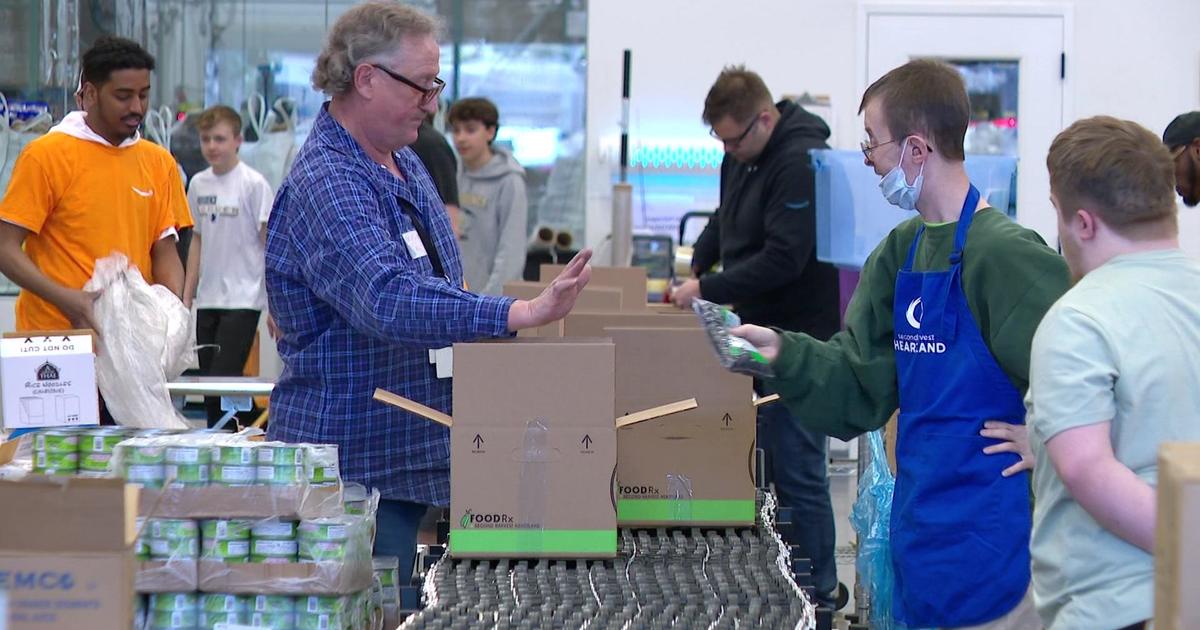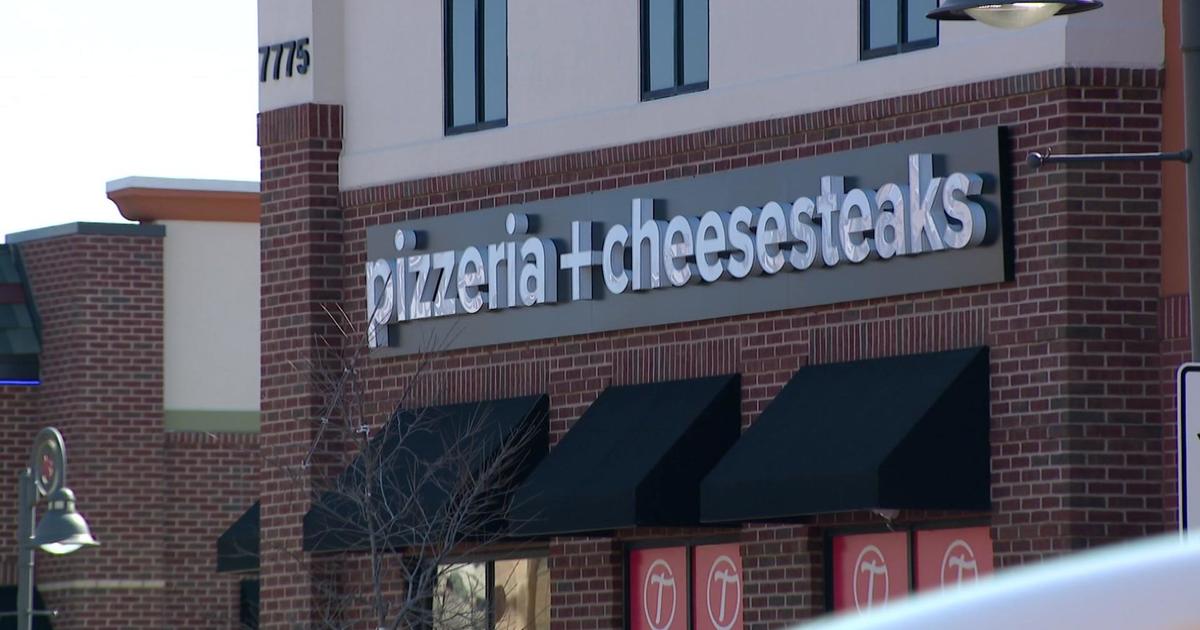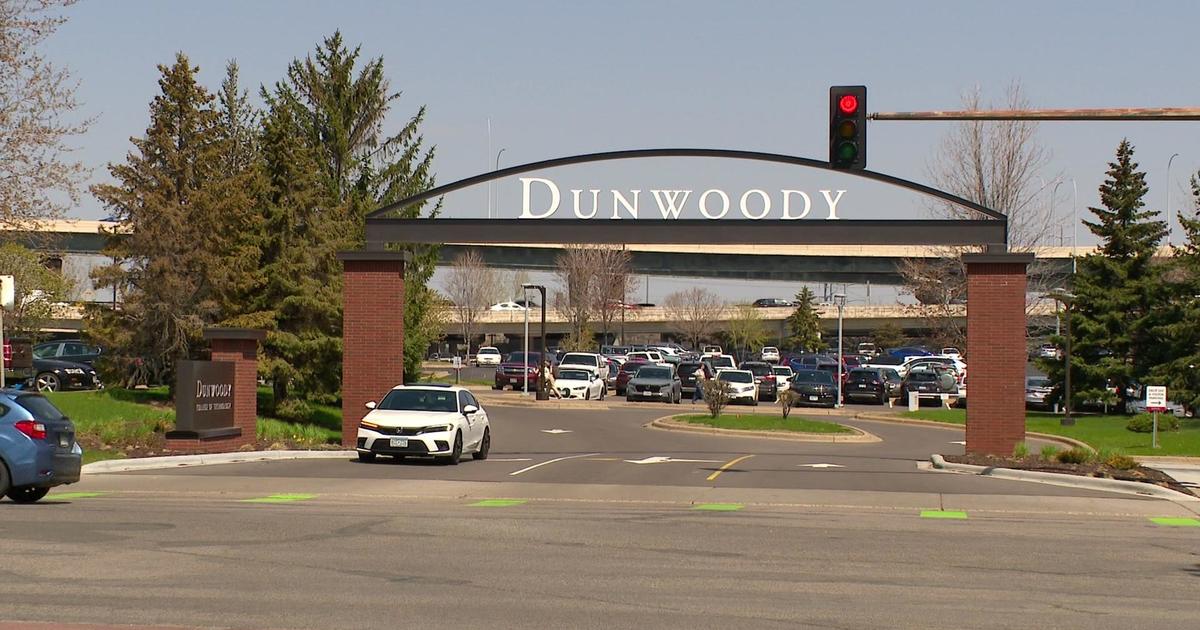How Do Scientists Know What's In Our Food?
MINNEAPOLIS (WCCO) -- Many people watch what they eat closely, avoiding sugars or fat, or looking for extra fiber or protein.
WCCO viewer Minnie-Jax tweeted us wanting to know how nutrition labels are measured.
Inside the MVTL Laboratories in New Ulm, there are 40 people working on figuring out how much sugar, fiber, fat, vitamins, cholesterol or protein is in a specific food. The lab caters to smaller food companies who don't have the lab resources to conduct testing on their own.
"Typically, we have smaller clients, what you would call the mom-and-pop shops," says Dan O'Connell, the chemistry lab manager.
MVTL tests all kinds of foods -- everything from fruitcake to pizza to cereal to dried carrots.
The FDA requires 15 different measurements on most foods' nutrition label. The FDA doesn't require a label be submitted before it's published, but will do spot checks or tests when there are consumer complaints.
"This is highly regulated by the FDA," says Courtney Lawrence, an attorney with Faegre Baker Daniels. "But, companies are on top of it. If they find a mistake, they're quick to fix it."
The testing takes science, skill and technical time to get accurate results. On Wednesday, O'Connell walked WCCO through the process of measuring a food sugar content. It started with grinding the food then adding a water and solvent to get it in a water/chemical/sugar mix. From there it was sent through a machine to separate out the sugars. After that, the scientists compare what's left with a known quantity of sugar to come up with the final measurement.
Most measurements are taken this way -- by separating out the fat or fiber or vitamins and finding a way to measure it. Many of the tests can be completed in a few hours. The cholesterol testing can take a few days.
But, laboratory testing isn't the only way to determine the content of a particular food. Food companies can also use an FDA-approved database that has already measured many foods and ingredients. This database is proprietary and not available to the public. More often than not, it's used to measure simpler foods or foods with ingredients difficult to measure. Companies – large and small – use both methods.




